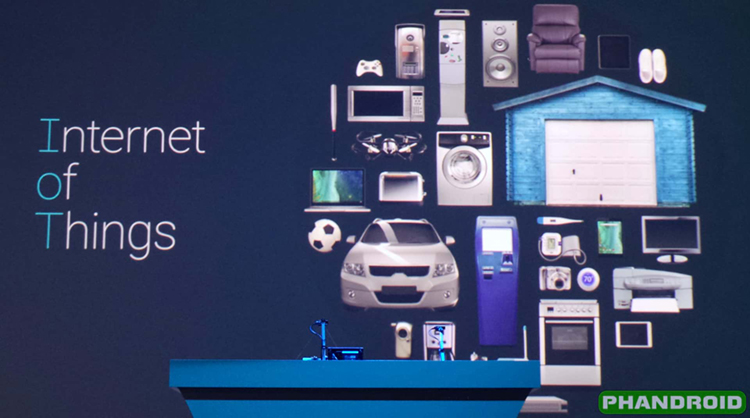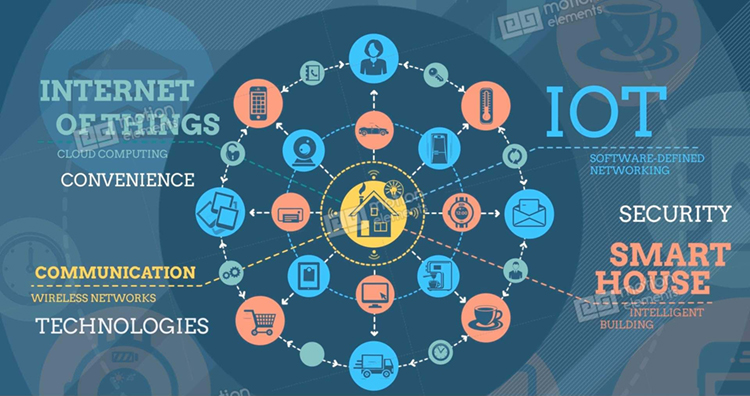The Industrial IoT (IIoT) brings new promises to the plant floor: lower operating costs, better visibility and improved overall equipment effectiveness (OEE) for manufacturers. These results are all in the pot of gold at the end of the IIoT rainbow, but that bounty is sometimes hard to find. A significant portion of IoT initiatives fail. In fact, at the recent IoT World Forum in London, a referenced study showed only 26 percent of IoT projects are considered a complete success. The other 74 percent represent IoT projects that are still in process, those that are delayed and some which failed outright (roughly 15 percent).
So how can you avoid those pitfalls to ensure your project's success?

1. Start small.
If you focus on your entire plant, you will make success much less likely. Try starting with a smaller project in a key focus area—perhaps an area that has the most downtime, the most maintenance, the most energy consumption, and so forth. Keep the project manageable. Make sure you contemplate how to scale—if you are successful, what's next?
2. Define success.
I continue to be surprised by the number of companies diving headfirst into an Industrial IoT journey with no clear goal, objective or full understanding of return on investment (ROI). Determine what you are trying to achieve, then measure it before and after any IoT project.
3. Gain internal company IT and operations alignment.
The days when operations can implement network-related projects without IT are gone, or at least close to extinction. Success is much more likely achieved by working closely together. For example, the tidal wave of data coming from your factory will require data analysis. That might bring new computing requirements where IT can help. It can also bring new security risks—a key area in which IT can help, but only by fully understanding operational requirements. You also need executive buy-in. Not only can this help you with driving support across your organization, but it may help "grease the skids" for approval by aligning with corporate objectives, like sustainability or security.
4. Understand and address security risks.
Connecting to data from the factory to the enterprise, or opening up remote access all the way down to the plant floor, can potentially open up security risks. With any IIoT project, your attack surface is likely to expand. This is where operations and IT collaborating can bring big value to your organization. Carefully evaluate the potential risks and impact of those risks, then focus on the most serious. Trust me, you probably can't address all of them immediately. Find a trusted partner to perform a security assessment to help you evaluate and prioritize those risks. Your entire organization's Industrial IoT effort may come to a grinding halt if a hacker wreaks havoc in your facility.

5. Free up data from disparate networks.
This can create a spaghetti of networks and hardware (extra failure points) on your plant floor. You may decide that extra complexity and risk are not worth it, set a plant floor network standard, and explore changing out all controls to a robust standard Industrial Ethernet. There's no disputing that Industrial Ethernet is the de facto standard today for nearly all control applications. With more than 80 perfect of industrial fixed assets being more than 20 years old, I'd propose that changing to newer controls with Industrial Ethernet communications is worth the spend. In the long term, it may be more cost-effective to replace old machine controls with new ones instead of other options to gather data.
6. Avoid data overload.
Let's say you are interested in improving product quality on one of your production lines. Although it would be great to correlate thousands of potential variables to quality, you don't want to suffer from data overload. Keep your data set manageable and use basic statistical analysis to look for outlier data. You might also consider using edge analytics (fog computing) to reduce the data volume for later analysis. Work with a partner who has experience with analytic software designed to look at manufacturing data and glean actionable results from that data.
The better you plan out how to avoid the potential pitfalls to your Industrial Interet of Things project, the more prepared you will be to mitigate any surprises. Companies will either do it right or they will do it over. Which one do you want to be?



